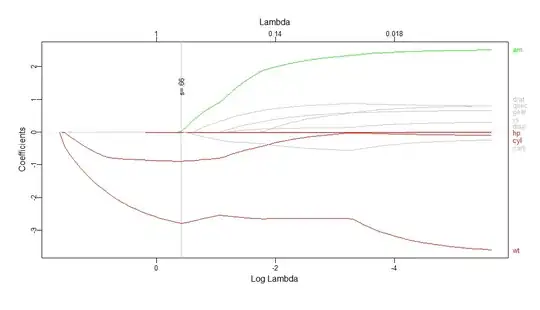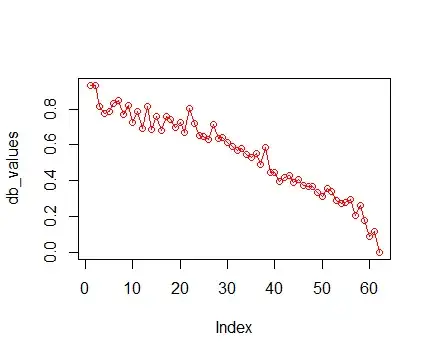I am trying to do time series analysis and am new to this field. I have daily count of an event from 2006-2009 and I want to fit a time series model to it. Here is the progress that I have made:
timeSeriesObj = ts(x,start=c(2006,1,1),frequency=365.25)
plot.ts(timeSeriesObj)
The resulting plot I get is:

In order to verify whether there is seasonality and trend in the data or not, I follow the steps mentioned in this post :
ets(x)
fit <- tbats(x)
seasonal <- !is.null(fit$seasonal)
seasonal
and in Rob J Hyndman's blog:
library(fma)
fit1 <- ets(x)
fit2 <- ets(x,model="ANN")
deviance <- 2*c(logLik(fit1) - logLik(fit2))
df <- attributes(logLik(fit1))$df - attributes(logLik(fit2))$df
#P value
1-pchisq(deviance,df)
Both cases indicate that there is no seasonality.
When I plot the ACF & PACF of the series, here is what I get:


My questions are:
Is this the way to handle daily time series data? This page suggests that I should be looking at both weekly and annual patterns but the approach is not clear to me.
I do not know how to proceed once I have the ACF and PACF plots.
Can I simply use the auto.arima function?
fit <- arima(myts, order=c(p, d, q)
*****Updated Auto.Arima results******
When i change the frequency of the data to 7 according to Rob Hyndman's comments here, auto.arima selects a seasonal ARIMA model and outputs:
Series: timeSeriesObj
ARIMA(1,1,2)(1,0,1)[7]
Coefficients:
ar1 ma1 ma2 sar1 sma1
0.89 -1.7877 0.7892 0.9870 -0.9278
s.e. NaN NaN NaN 0.0061 0.0162
sigma^2 estimated as 21.72: log likelihood=-4319.23
AIC=8650.46 AICc=8650.52 BIC=8682.18
******Updated Seasonality Check******
When I test seasonality with frequency 7, it outputs True but with seasonality 365.25, it outputs false. Is this enough to conclude a lack of yearly seasonality?
timeSeriesObj = ts(x,start=c(2006,1,1),frequency=7)
fit <- tbats(timeSeriesObj)
seasonal <- !is.null(fit$seasonal)
seasonal
returns:
True
while
timeSeriesObj = ts(x,start=c(2006,1,1),frequency=365.25)
fit <- tbats(timeSeriesObj)
seasonal <- !is.null(fit$seasonal)
seasonal
returns:
False